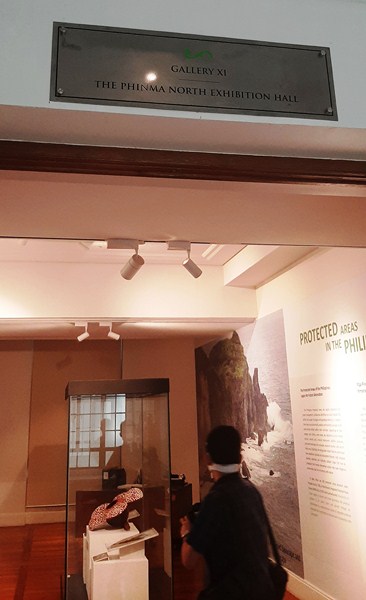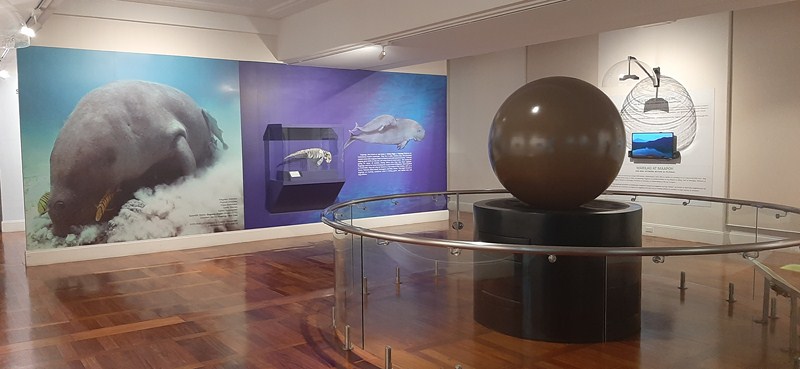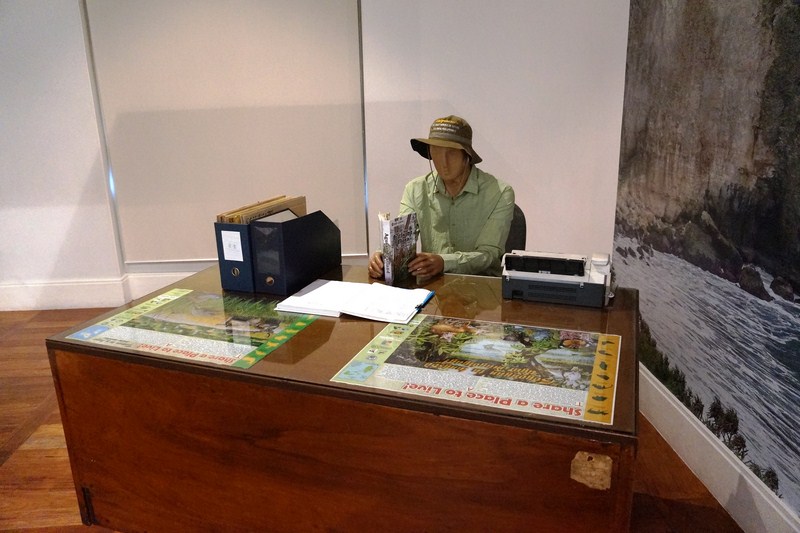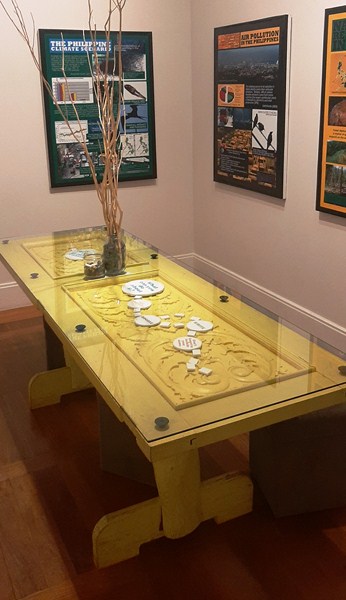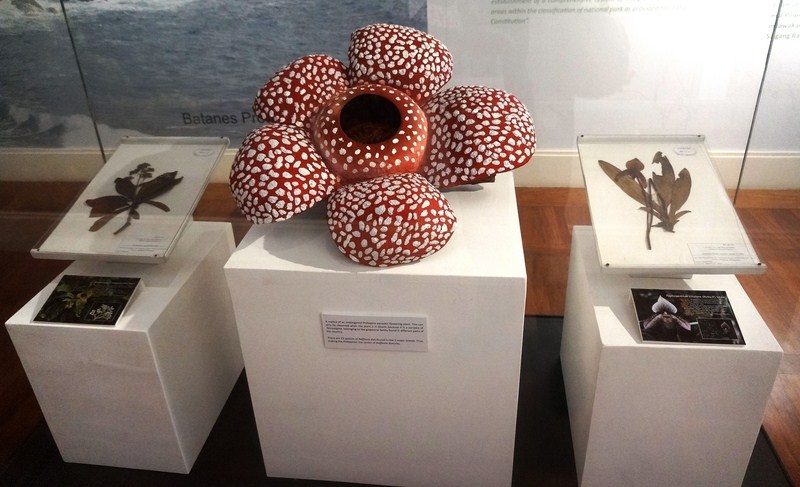Returning to our car, I drove further up the street, across Taal National High School, to the Leon C. Apacible Museum and Library, ancestral house of Leon and Matilde Apacible. Leon Apacible, son of Don Vicente Apacible and Catalina Castillo, was Gen. Emilio Aguinaldo‘s finance officer and was a delegate to the Revolutionary Malolos Congress of 1898. This extremely well-preserved bahay na bato home to 4 generations of Apacibles, was remodeled twice, in 1870 and from 1938-40. It was recognized as a National Historical Landmark and was donated to the government on December 6, 1976 by former town mayor (1975-80) Mrs. Corazon Apacible Caniza, daughter of Leon Apacible, Jr. and Consolacion Noble. It is now managed by the National Historical Institute with Mrs. Annie Marie Moreno as curator.
| Leon Apacible Museum and Library |
On display at the dining room are blue and white Ming Dynasty Chinese pottery, gilded Florentine wine decanters and a gilt-edged and hand-painted Venetian dinner service. The kitchen, which is still being used by the adjoining house of Mrs. Caniza, is closed to the public. The family collection of fine antique furniture includes an 18th century hand-carved mahogany divan. Inside the 2 bedrooms are 19th century vanity tables adorned with 4 oval mirrors inlaid with a hundred tiny circular mirrors; a beautiful carved wooden cabinet with two big mirrors; an early 19th century mahogany cabinet with 3 big mirrored doors; an 18th century writing desk; a massive escritorio displaying Dr. Galicano Apacible’s 19th century medical equipment and 4-poster beds. A piano, made in 1870 by M.F. Rachals of Hamburg, Germany, still works. On the ceiling above the stairs is an 18th century chandelier. There are also a 16th century statue of the Virgin of the Holy Rosary and 17th century ivory santos.
On the enresuelo (ground floor) are old documents showing Don Leon’s involvement in the revolutionary movement; a 1880 laminated photo of 16-year old Jose Rizal, Don Leon and younger brother Don Galicano as members of Intramuros’ Artist Club; pictures of Don Leon and his family and paintings of the Don Leon’s ancestors. Underneath the azotea (court garden) is the aljibe (cistern) where rainwater is stored. Also on display are an old cannon, a stone water purifier, horse and cow brands, rice and corn grinders and other artifacts.
Leon Apacible Museum and Library: M.M. Agoncillo St., Brgy. Poblacion 4, Taal, Batangas. Open daily, 8 AM-5 PM. Admission is free.









.jpg)





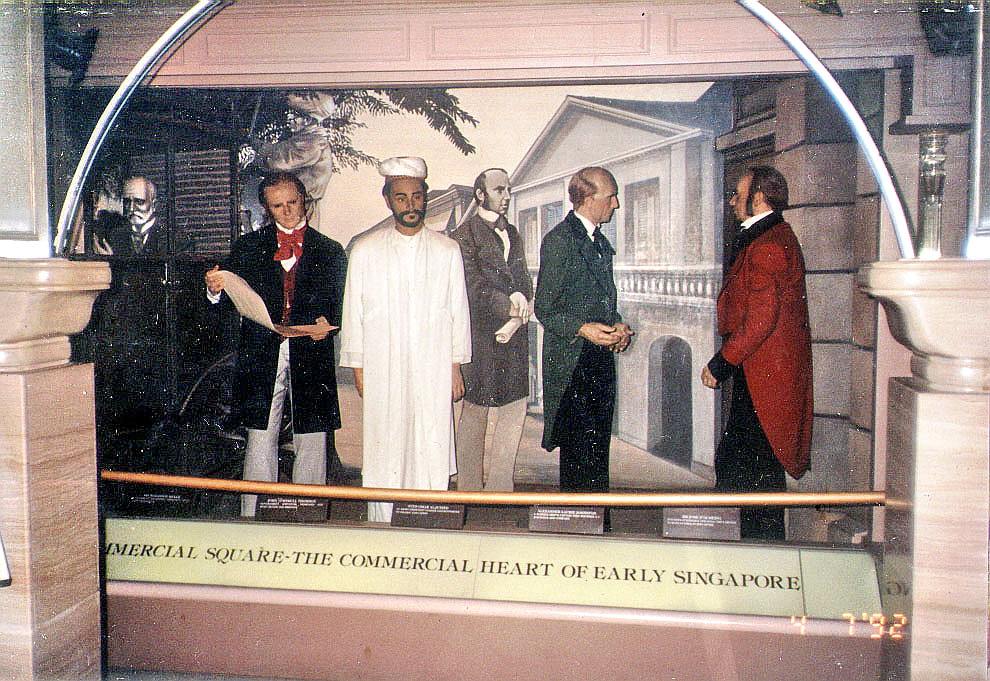

.jpg)
